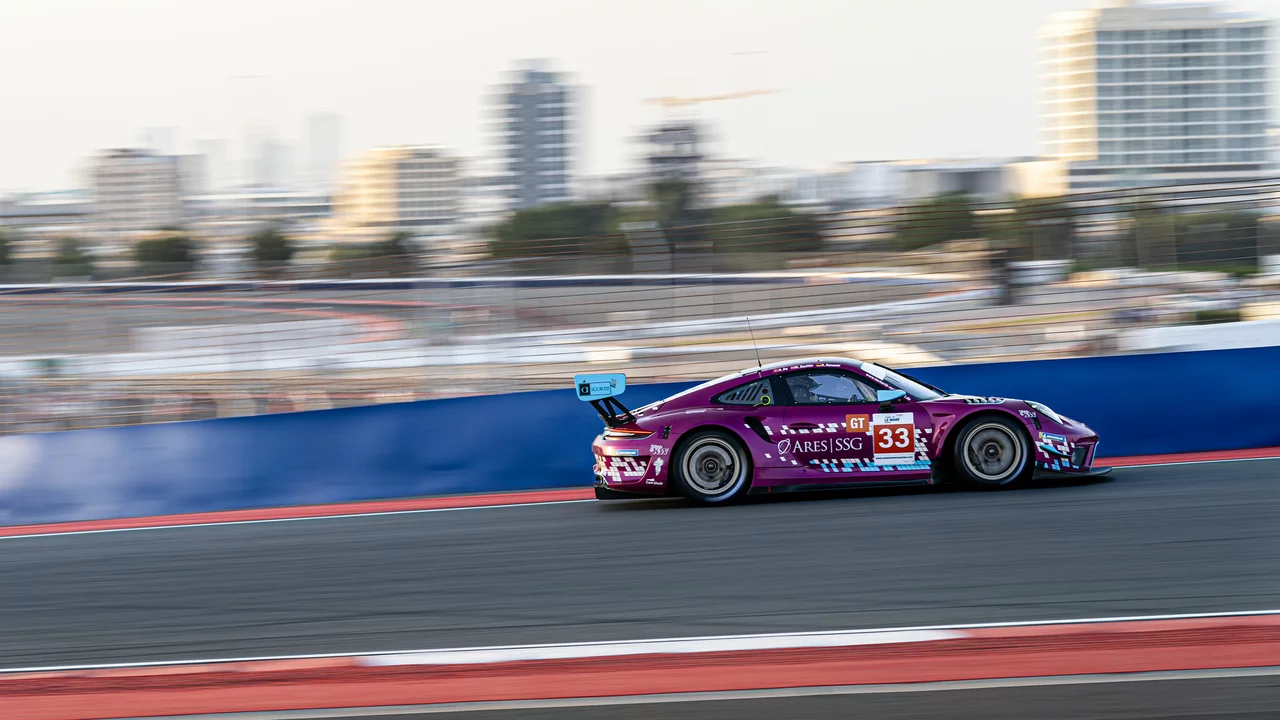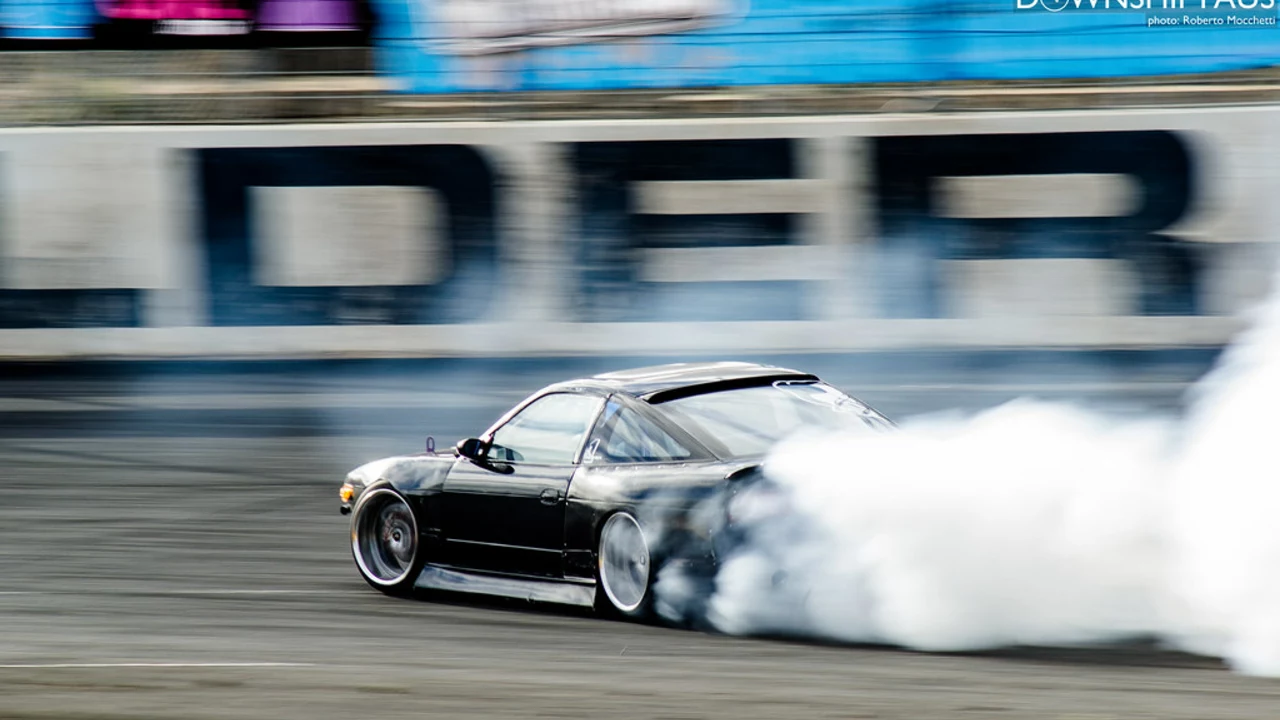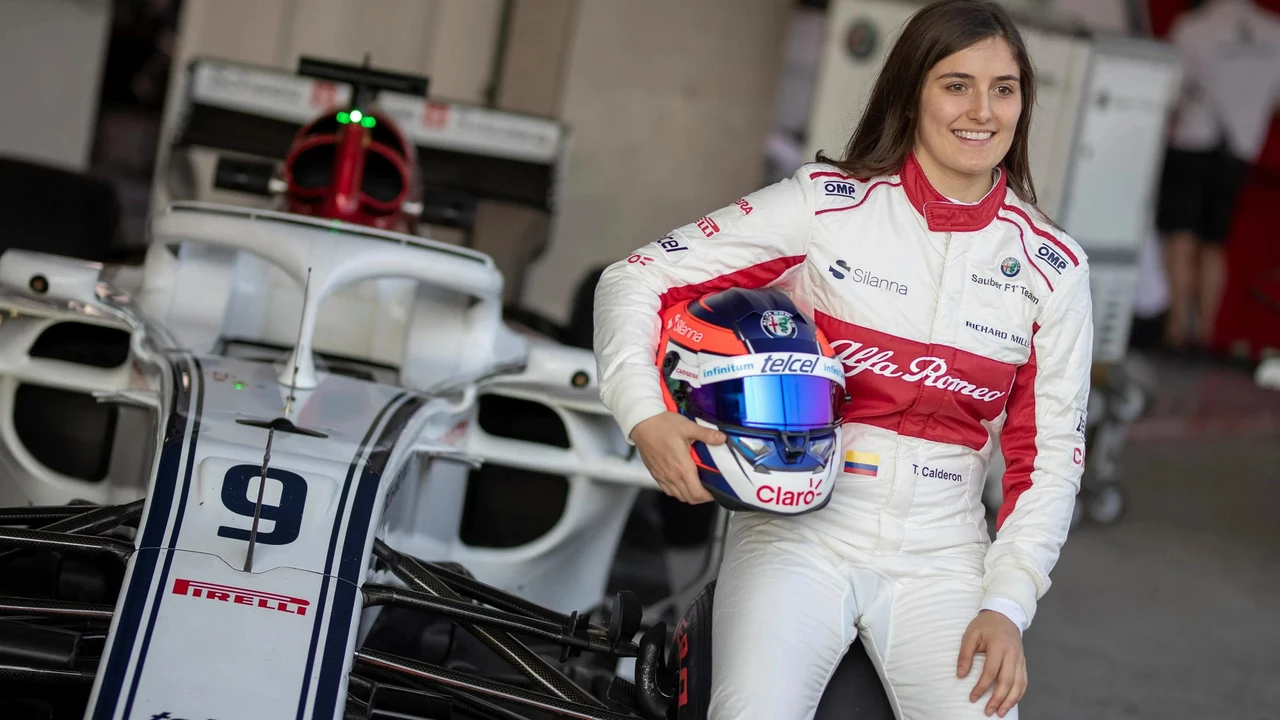Motorsport: Everything You Need to Know
When talking about motorsport, any form of competitive racing that uses motorised vehicles, from cars and bikes to futuristic electric machines, you’re stepping into a universe where speed, technology and human skill collide. The sport stretches across many branches – circuit racing, rally, off‑road, drag and even electric series – each with its own set of rules, fans and culture. A common starting point for anyone who wants to move from a hobby to the track is getting a FIA International Competition License, the globally recognised credential that proves a driver meets safety, experience and medical standards. To earn it, you first join a national automobile club, compete in local events, log enough race miles, and then apply for a national licence. After holding that licence for at least twelve months, you can apply for the FIA International Competition License, opening doors to world‑level championships. Alongside licensing, drivers also need fire‑proof gear, telemetry tools and a deep understanding of vehicle dynamics – all pieces that together make motorsport both thrilling and demanding.
Key Concepts That Shape the Racing World
One term you’ll hear on every race weekend is pole position, the foremost spot on the starting grid earned by the fastest qualifier during practice sessions. Its name comes from early horse‑drawn carriage races that began next to a pole, and in modern motorsport it often decides the early race narrative because the driver can control the pace into the first corner without battling traffic. Another hot topic is IndyCar, North America’s premier open‑wheel series known for high‑speed oval racing, road courses and a blend of aerodynamic finesse with raw engine power. IndyCar cars run on turbocharged V6 engines, reach over 230 mph on ovals, and demand precise driver input, making the series a favorite for fans who love close‑quarters battles and strategic pit stops. Then there’s Formula Three, the entry‑level open‑wheel category that grooms future Formula 1 talent with standardized chassis, turbocharged four‑cylinder engines and a minimum weight of about 550 kg. F3 offers a perfect balance of speed and learning curve, acting as the stepping‑stone on the driver development ladder – many current F1 stars spent at least one season in F3 before moving up. Together these ideas illustrate how motorsport blends personal achievement, technical standards and a clear pathway for talent, while also sparking debates such as whether motorsport should ever become an Olympic discipline.
Our collection below pulls together articles that dig into each of these areas – from step‑by‑step guides on securing that FIA licence, to the quirky history behind pole position, to deep dives on IndyCar engineering and Formula Three race formats. Whether you’re a casual fan curious about why an F1 driver’s shoes are fire‑proof, an aspiring racer mapping out the licence ladder, or a seasoned enthusiast looking for the latest debate on Olympic inclusion, you’ll find practical insights and real‑world examples that match your interests. Scroll down to explore the full range of content, and get ready to fuel your passion for motorsport.
- July 30, 2023
- Comments 0
- Motorsports
What are the different types of auto racing?
- July 26, 2023
- Comments 0
- Motorsport Opinion and Discussion
Is drifting a stupid motorsport?
- July 18, 2023
- Comments 0
- Motorsport Discussion


